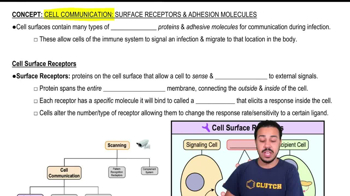Match each anatomical region shown in the image with the anatomical term that describes it.
_____9. Antecubital
<IMAGE>
 Verified step by step guidance
Verified step by step guidance Verified video answer for a similar problem:
Verified video answer for a similar problem:



 3:00m
3:00mMaster Introduction to Directional Terms with a bite sized video explanation from Bruce Bryan
Start learning